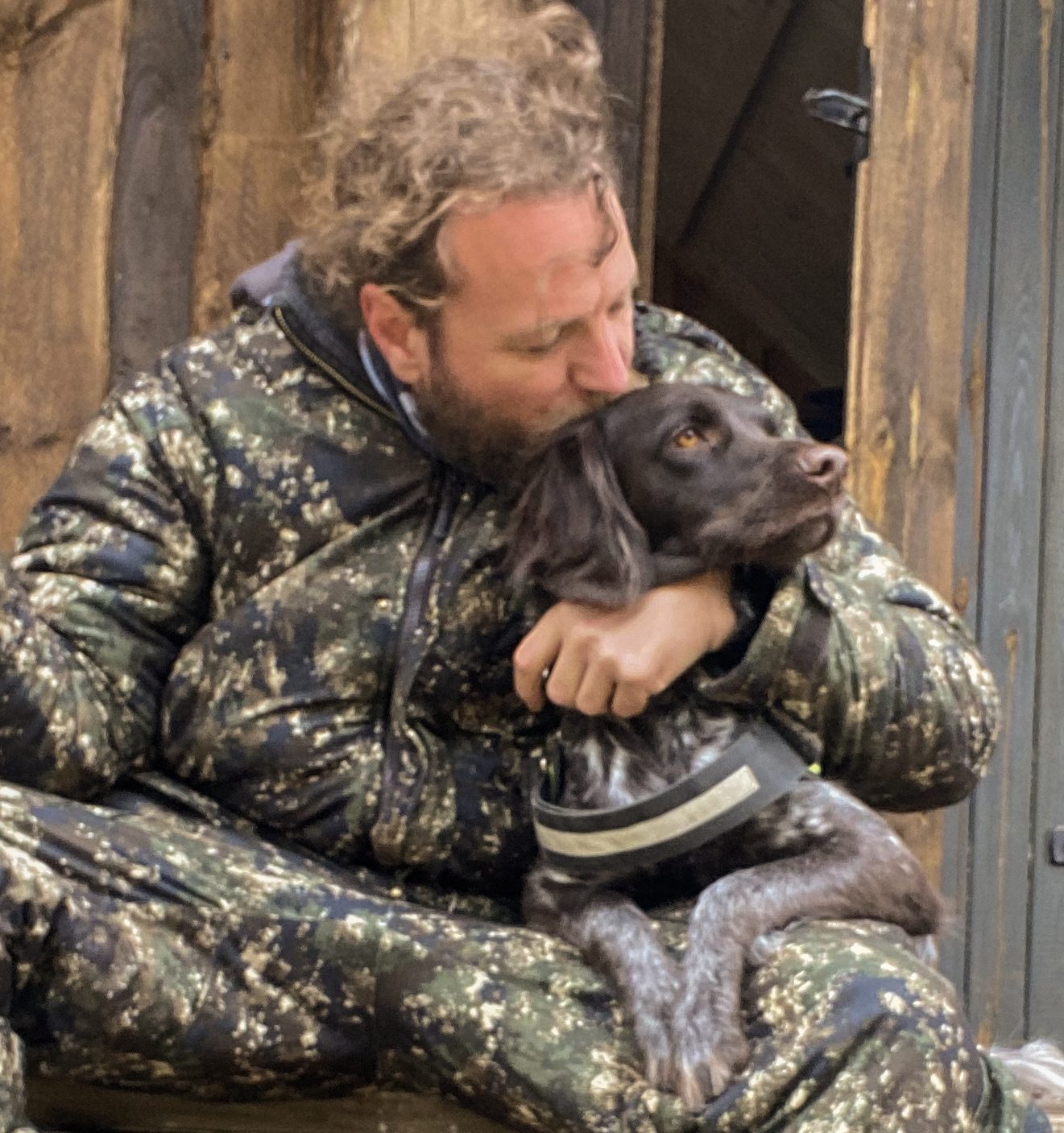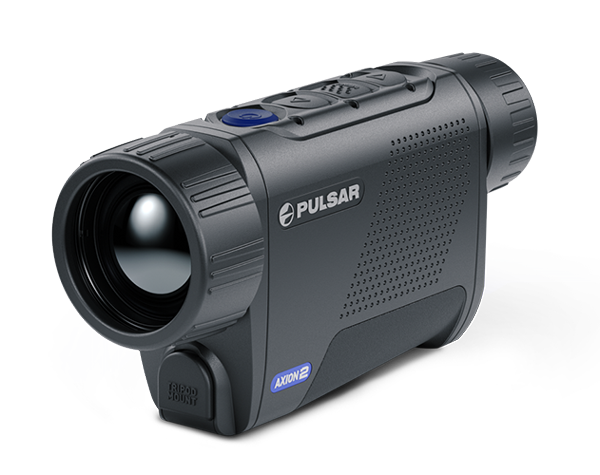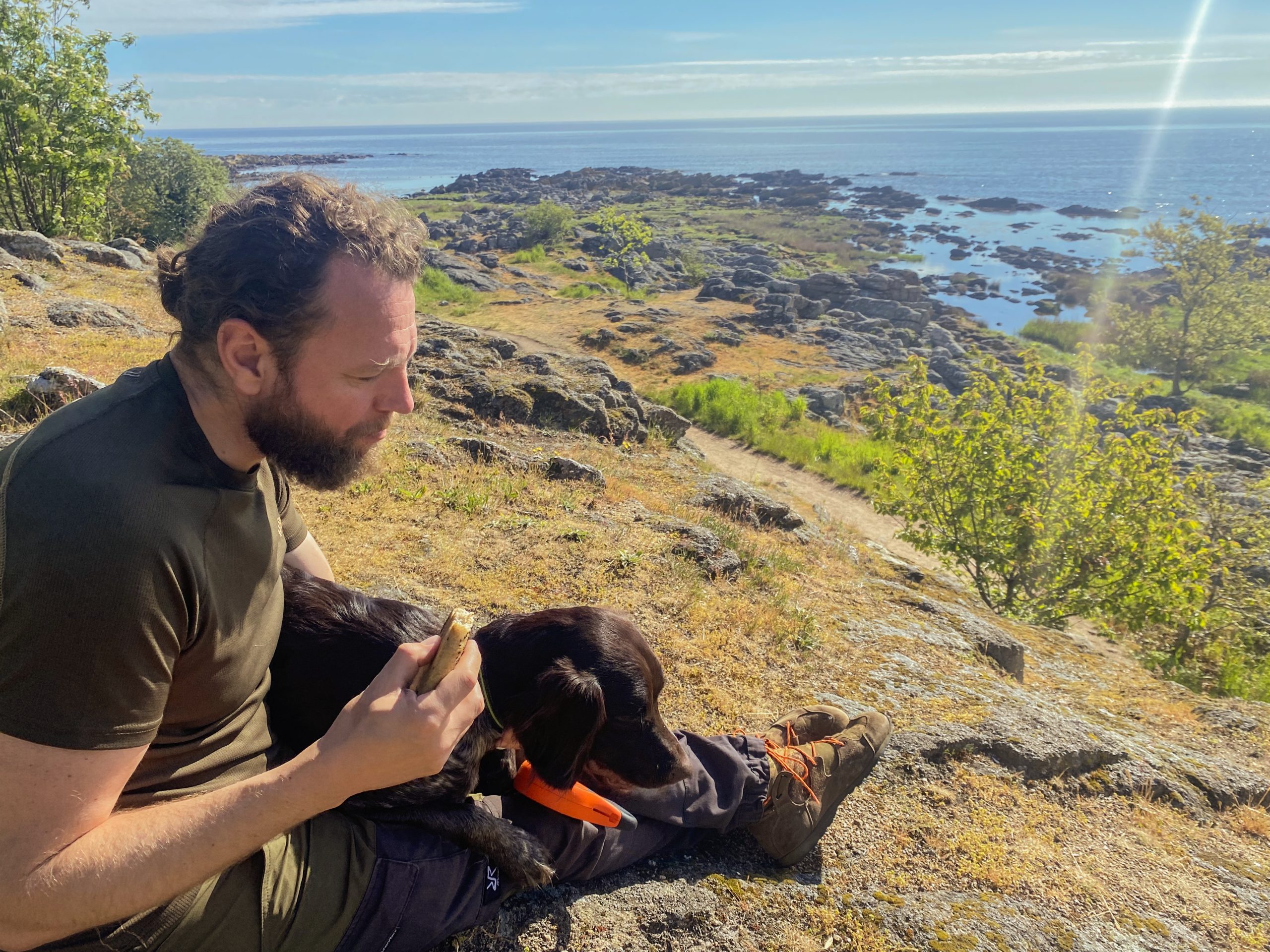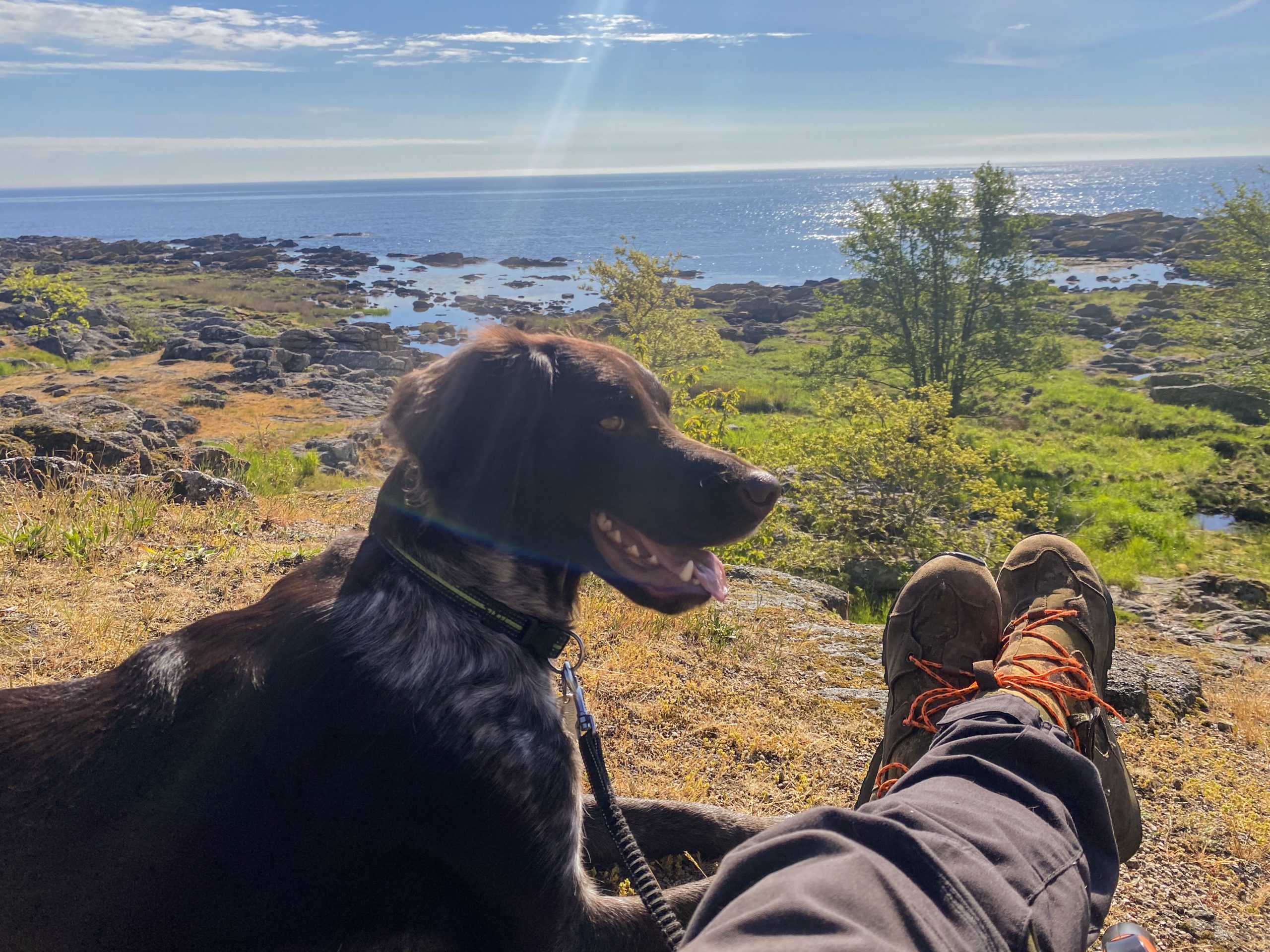
When the pandemic hit, many people decided to get dogs to cheer them up. Then, a year or so later, too many of these dogs found themselves, at best, not properly taken care of and, at worst, in shelters. Luckily, there are people like Jón Rúnar Guðjónsson, an Icelandic hunter currently based in Denmark, who took one of these so-called Covid-dogs home. Keep on reading to learn more about his adventures – and challenges – with a Kleiner Munsterlander named Cosmo.
How did you decide to go for a Kleiner Munsterlander in particular?
I have had a German Shepherd, a Golden Retriever, and some Labradors. I really wanted to try raising a pointer/retriever.
How did Cosmo come into your home?
Well, that’s a little story. Cosmo is a troubled dog. I got him when he was just over one year old. He started his life in a home with 2 young children in the middle of the pandemic, when everything was closed down, and no dog training or help was available. He is what we call a Covid dog – he misbehaves and, unfortunately, got into an underprepared family.
He had developed negative behavior and started snapping at people – and that was almost his only contact with humans. He did not look you into your eyes, he was flying all over and could never sit still. Did eat and drink as if there was no tomorrow, though. He was and still is a wild dog. But I looked into his eyes and saw that he was a good dog, though a big assignment. I took him for 24 hours and, of course, I couldn’t return him.
What’s the funniest thing he ever did?
While playing with other dogs, he once jumped up on the back of a big Golden Retriever; that was really funny.
What’s the cutest habit it has?
At least once or twice a day, he comes over to me and sets his head on my legs.
What is the greatest challenge about owning Cosmo?
I am an experienced dog trainer. But I have not found the key to Cosmo yet. Kleiner Munsterlanders are a different breed altogether. They are tough, stubborn, and very bright. You can’t bribe him with food, and Cosmo doesn’t really like to get praised. But we train every day, and he gets better every day.
What is Cosmo’s character like?
Cosmo is a very curious dog. He likes to get involved with everything. He is highly energetic and sweet but very, very stubborn.
I know you haven’t hunted with Cosmo much, but do you already have some favorite stories from your outings?
One time, he flew all over the place (sometimes I think he believes he is a bird or a jet plane, not a dog!) and raised a pheasant hen, but before she was in the air, Cosmo was already gone. I shot and retrieved it. Then Cosmo really got interested.
Whether you’re out with Cosmo or by yourself, what’s your favorite Pulsar device to take on with you?
At the moment, my favorite device is the Axion XM30, but I am waiting on the Merger XQ35 and the Axion 2 XQ35 Pro. Those will be my spotters this season. For shooting, I am looking forward to getting the Talion XG35 in my hands. I have the Talion XQ38 right now, and I love it; it’s so small yet powerful.
At the moment, my favorite device is the Axion XM30, but I am waiting on the Merger XQ35 and the Axion 2 XQ35 Pro.

How do you train him for hunting?
Cosmo is not ready for hunting yet. He is 2.5 years old and should be ready, but I cannot release or use him yet. We have done some small bird hunting, shooting pheasants. This breed is very, very good for woodcocks and other birds because they take a stand. But we are still working on everyday behavior, like sit, stay, and home calls.
I have allowed him to track down a few bucks and wild boar just to teach him a little hard work, but the tasks were way too easy for his nose. He has a fantastic nose. But in general, I have trained my hunting dogs according to their maturity.
My approach is to always try to create a positive experience for the dog and never make it too complex. Build on the training in small steps. For instance, start with toys at a few meters, then add distance. Then, add obstacles at a short range so the dog doesn’t see the dummy. Then, add a longer distance. Then, you start navigating the dog remotely, left and right at short distances, then further, later in water, and so on.
I have always learned more and more about training with every dog I have had. However, I would say that I prefer getting them as puppies. There are a few tips I can share with you. Always use the dog’s place in life to train him/her. For example, just before the first heat cycle (if you have a female puppy), that is when you should activate her commands on searching. At that time in her life, she is using her nose for the first time for a future purpose, to find a male to mate with. This can be diverted to using the nose for searching for wild game or whatever you want to train the dog to search for. Also, remember to use the terrain to help you train your dog. If your dog is slow on coming “home” after retrieving a dummy, throw the dummy uphill. Then the dog will get gravity to help him/her to get down to you. This way, he/she gets used to getting “home” faster.
"My approach is to always try to create a positive experience for the dog and never make it too complex. Build on the training in small steps."
Before purchasing any night or thermal vision device, please make sure you adhere to the local legislation and only use it when it is allowed. Our ambassadors come from various countries and travel a lot, which allows them to test different devices. We do not encourage or support the illegal use of our devices in any events. If you wish to learn more about export and sales restriction policy, please visit the following link: Export and Sales Restriction Policy.

